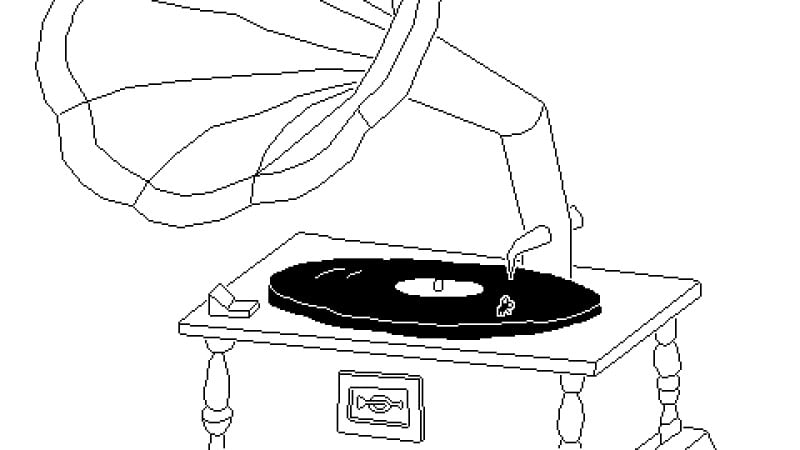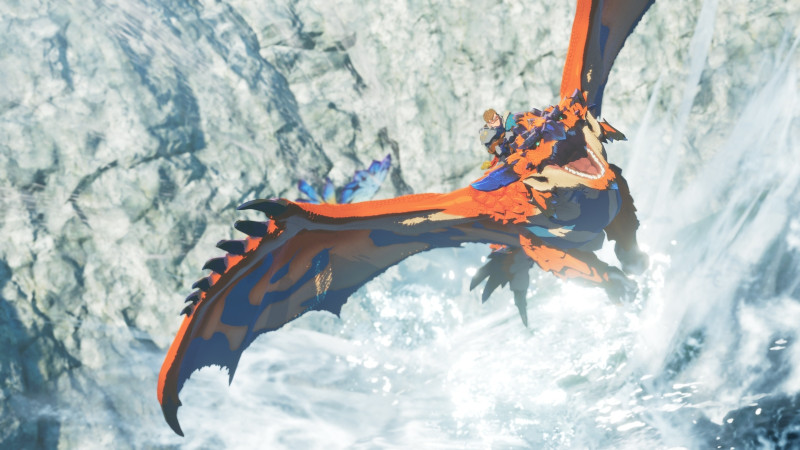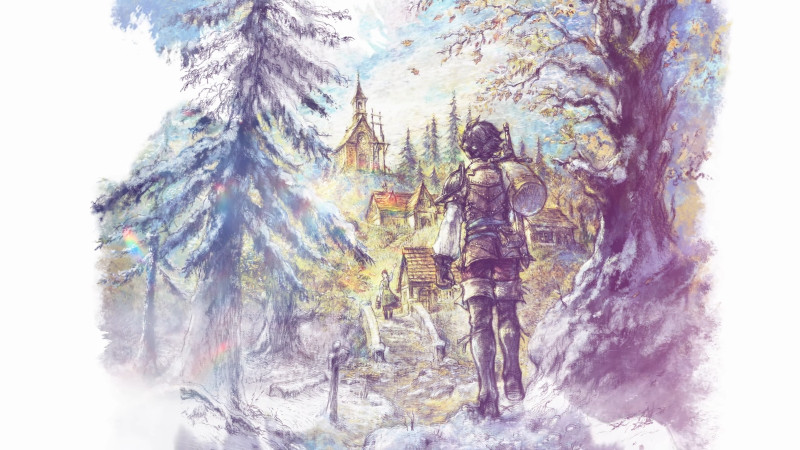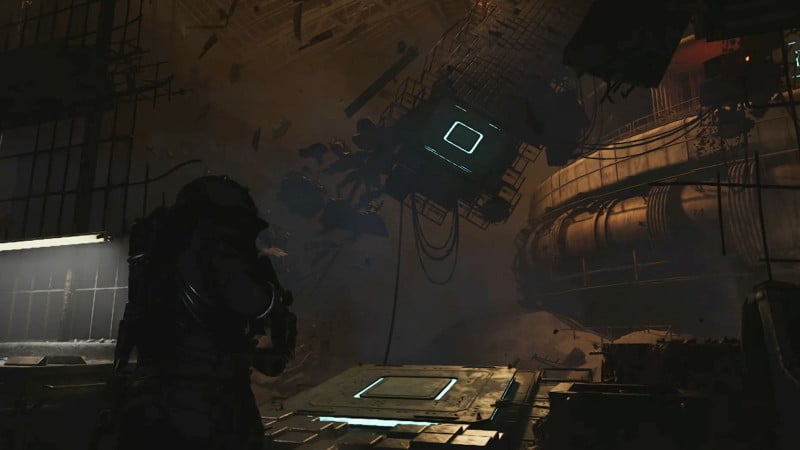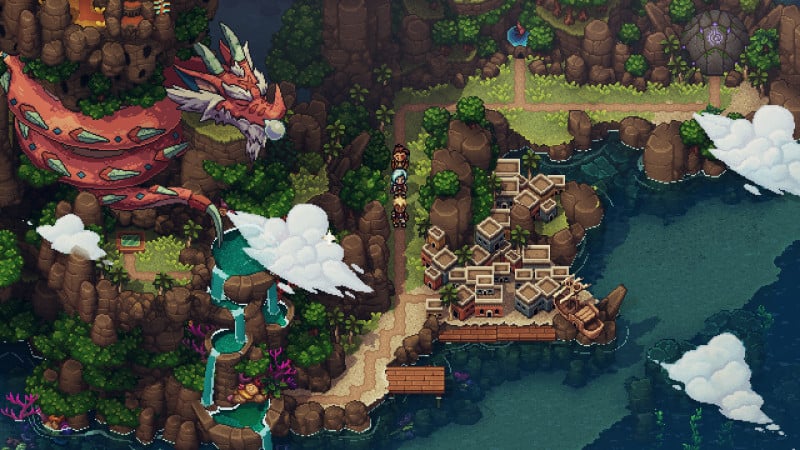“What if you had a sword, but there was nobody to fight?”
Matt Nava, creative director for Sword of the Sea, says this is one of the main themes of his studio’s next project. A sword is a weapon designed to kill, but there’s no attack button in Giant Squid’s upcoming game. In the 30-minute demo I played at Summer Game Fest in Los Angeles this year, there wasn’t any combat at all, and I can’t say for certain, but I wouldn’t be surprised if the game is devoid of violence entirely.
Instead, your sword is a hoverboard, carrying the player, also known as the Wraith, on an adventure across a field of seemingly endless dunes. From my first moments playing, I can feel the care that went into making the traversal feel good, and it’s a joy to ride up and down the desert’s rippling, sandy mounds. You can charge jumps to get huge amounts of air and press the button again before you hit the ground to do tricks. As far as I can tell, the tricks grant no advantage to gameplay, and yet I do one basically every time I get in the air. It is, in the purest sense of the word, play.
I quickly realize why it’s not a game called “Sword of the Sands” by interacting with a glowing blue orb and triggering a magical eruption of blue energy. The liquid-like sand becomes straight-up water, and a river forms in the middle of an endless desert. Not only that, but fish float in the air above the water, seemingly able to breathe and fly just by being near it. Especially in a world that is otherwise notably devoid of other wildlife (save for the occasional old bones of a long-dead creature), creating fish from thin air is a sight to behold.

You generally progress by following the water, which is so vibrant and blue that I found myself desperate to drink it. Rehydrating the landscape in Sword of the Sea is viscerally refreshing, and though the game never uses text to say that the goal is to bring the sea back to this desert, it’s an incredibly clear direction based on nothing other than visual design.
Aside from the occasional pop-up telling you what buttons do, the screen has no text and no UI, which Nava says was done to make the player forget they’re even playing a game. While the lack of waypoints leaves me mildly lost once or twice, I’m always able to find the right path eventually, thanks to subtle guidance from the world’s design. The same principles apply to gameplay; Nava says that in addition to explicit tutorialization, they teach the player things through secret tutorials, too.

“There’s no place in the game that tells you that you can use a little pulse ability to smash the pots,” Nava says, referring to small piles of vases you can destroy to get currency. “But people just figure that out because we put pots next to other things that we did tutorialize, ‘Oh, you have to interact with this.'”
Immediately after gathering my first currency, little golden triangles, a nearby masked creature sucks the coins into a large barrel on his back, granting me the ability to do more tricks.

As I approach the demo’s end, I rehydrate certain parts of the world to activate these huge green chains that open a door for me to progress to the next area. After playing for a while, the ground has become a gorgeous, patchwork fusion of sand and sea. After grinding on the giant chains skateboard style, the Wraith heads into the newly opened door, only to pause as a mysterious figure appears on the rock behind them. By the time they turn around, the figure is gone, but one thing is certain: this mysterious character has a sword of their own, and they weren’t riding it. They were gripping the hilt like it was a weapon.
I’m eager to get to the bottom of that mystery, along with the others in Giant Squid’s gorgeous desert, when it comes out in just a few months.




